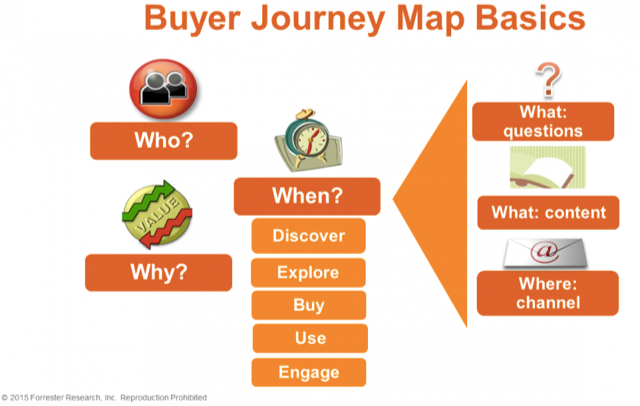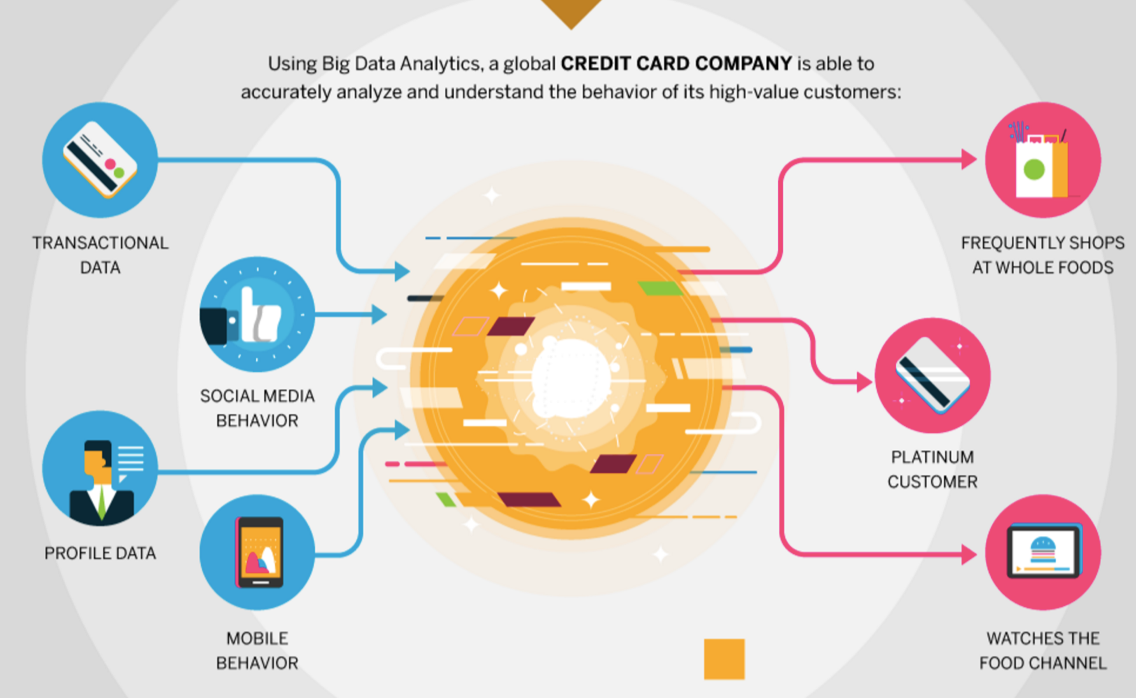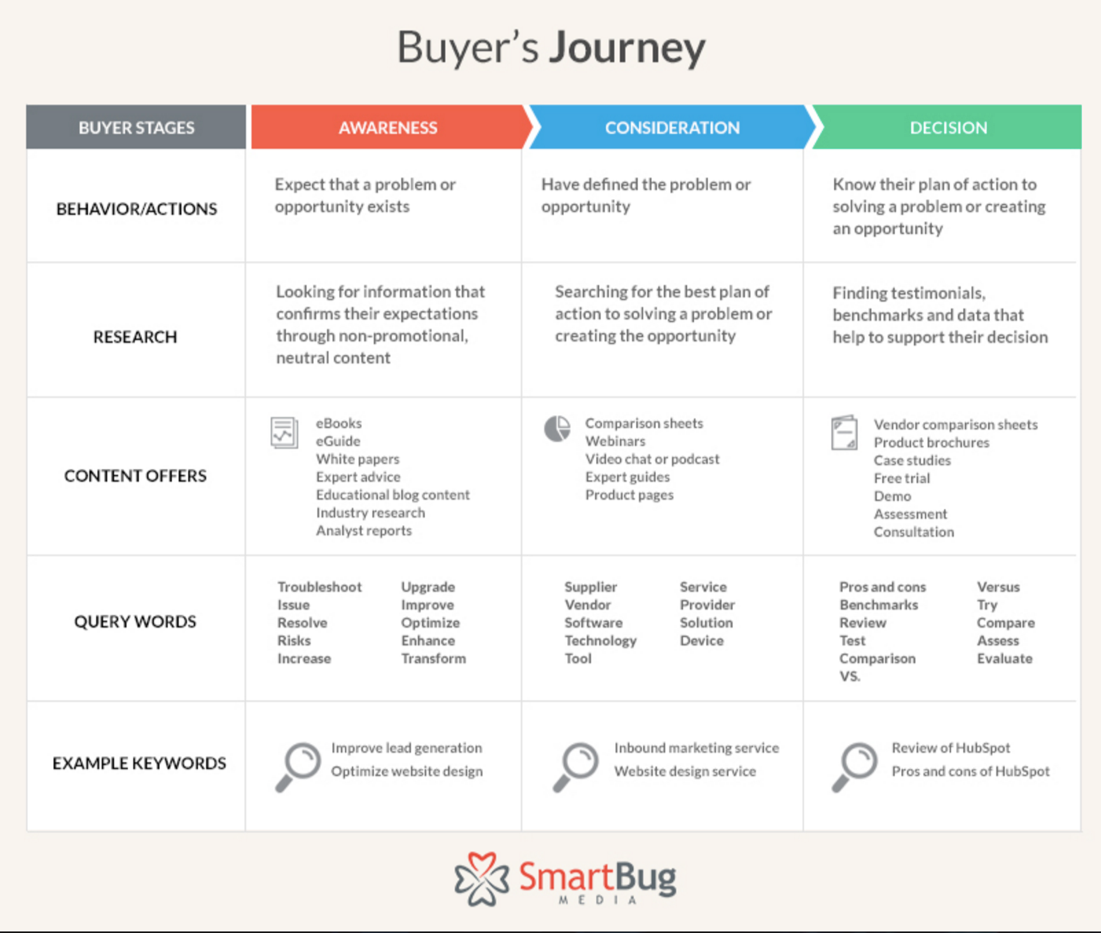Want more conversions?
Increase the quality of your consumer interactions.
Salesforce reports that “86% of senior-level marketers say that it’s absolutely critical or very important to create a cohesive customer journey.”
To understand how your team interacts with every customer, it’s vital that you design a customer journey map that highlights every part of the purchasing experience.
“Journey mapping is a holistic approach to understanding the flow of experiences a customer has with an organization; it uses pictures to represent a process that cannot be adequately captured with words,” writes Adam Toporek, author of Be Your Customer’s Hero.
Let’s explore how to earn more sales. It starts with your journey map.
What’s the Purpose?
E-commerce businesses must be ready to adapt quickly to convert prospects. It’s one of the few ways to stay competitive in the market.
CSO Insights found that “companies with ‘dynamic, adaptable sales and marketing processes’ reported an average of 10% more sales people on-quota compared to other companies.”
You can’t box a sales transaction into a one-time occurrence. It involves more than just exchanging money for a product.
It’s called the customer’s journey for a reason. The cycle encompasses all the interactions and decisions leading up to the purchase and after the sale.
“Customer journey maps allow you to walk in your customers’ shoes by traveling with them as they interact with your company. When based on sound research, they provide an accurate outside-in view, focusing on desired outcomes from the customer’s perspective,” states Michael Hinshaw, CEO of McorpCX.
Decades ago, companies worried about gaining new customers. But today’s business climate requires your SaaS to retain consumers. Therefore, nurturing the customer through the cycle holds greater purpose.
Identify the touch points where customers interact with your brand. Understand how each interaction affects one another. Develop a buyer journey map using the five W’s: Who, Why, When, What, and Where.

Learn where your team can fill in gaps and exploit opportunities to increase conversions. A customer journey map gives your team context.
For example, if a customer calls your phone support line and waits 12 minutes without receiving assistance, then how should your team respond to a not-so-nice email from the person?
Connect the dots in the customer experience. It will guide your business forward.
Infusing Data
Research shows that “74% of buyers choose the sales rep that was first to add value [and] insight.” Customers want to be educated, not sold.
And for your SaaS to offer value-added information, your team needs to focus on consumer data. You’ll uncover what matters to your customer, when to give specific content, and how to present your content.
So, if data is an afterthought in your customer journey, it’s time to rethink your strategy. Quantitative and qualitative data is a stepping stone to giving your customers value.
Dom Nicastro, staff reporter at CMSwire, suggests the following methods to collect data:
- In-person focus groups
- Online moderated forums
- In-depth, one-on-one phone interviews
As your team analyzes customer interaction data, you will master how to “accelerate customer acquisition, encourage repeat business, and improve customer loyalty.” This leads to adopting new product features, defining customer segments, and identifying churn signals.
Monitor how you acquire data. Ensure that it’s accurate.
Paul Boag, author of Digital Adaptation, says, “Be careful to make clear what has research behind it and what does not. Making many decisions based on assumptions is dangerous. Once management sees the benefits of research, they will be willing to spend more time on it.”
Moreover, integrated customer journeys provide a competitive edge. Harvard Business Review cites Oakland-based Sungevity for their personalized digital customer journey. It helped the company’s sales double to more than $65 million.
Gather data to learn more about your customers’ behaviors. Analytics is necessary for understanding the customer’s journey.
The Blueprint
Despite the effectiveness of customer journey mapping, only 34% of companies have undertaken the process. It’s an opportunity for your SaaS to take advantage of the benefits.
The value of mapping includes recognizing functional silos, identifying growth factors, and establishing development priorities. If you don’t know how your customers flow through the sales cycle, it’s harder to serve their needs.
The customer journey map doesn’t have to be elaborate. Initially, forgoing specific data may be an option for your company. Here’s a recommendation from Forbes contributor Micah Solomon:
“Your customer journey map needs to be, or at least needs to start out its life being, independent from all considerations of internal processes and departments, because your customer will never have precisely the same viewpoint as the viewpoint you have internally, nor fully match up to the inevitably awkward divisions of task in your organization.”
And every journey map isn’t the same. Maps can vary based on the industry, customer base, or management style. Several types exist, including business to business and tactical.
But all journey maps should serve the same purpose: Illustrate how the customer engages with you brand.
It shouldn’t be rooted in what your business thinks. Your team needs to document real experiences.
“Actionable journey maps clearly identify both positive and negative customer emotions throughout their journey and put them in context of customer behaviors, goals, and expectations. Businesses use their data to identify opportunity areas and to assess the impact of current and future CX/UX investments,” writes Kathleen Hoski and Phil Goddard of TandemSeven.
Build your plan to gain deeper insights to earn more conversions.
Facing the Challenges
Consider your journey map a living document that will continue to evolve. Get ready to add, subtract, and maybe even multiply your blueprint.
In this digital age, customers are becoming more sophisticated. Their interests pinpoint to niche markets. And their problems need customized solutions.
The key is to anticipate change. Recreating a linear path of the customer experience is only a waste of time, because we know customers take many routes to complete a sale. That involves research, justification, and cost analysis.
Your team also should aim to build ongoing trust with your customers. CMO Council’s Content ROI Center reports that no more than 9% of B2B buyers fully trust vendor content.
“They trust information that comes from people they trust: friends, family and network connections. You can’t be everyone’s friend, but you can stay in contact with a vast number of potential buyers on a regular basis thanks to social selling and automation,” says Daniel Ku, content marketing manager at Sales for Life.
And lastly, possess a full perspective of the customer. Avoid making one-sided decisions.
“Disparate systems and questionable data inhibit marketers from knowing and understanding who their customers are every time they engage. Without the single customer view, marketers face huge barriers from the very start,” says Bruce Swann, Senior Product Marketing Manager at Adobe Campaign.
Challenges will arise. Prepare accordingly.
Start Mapping
Every SaaS team needs a path to sales. Build customer journey maps to facilitate the buying process.
Learn how your SaaS is currently engaging with customers. Use data to pinpoint unknown consumer behaviors. And develop a blueprint that illustrates your buyers’ needs.
Map out the customer journey. Increase conversions.
About the Author: Shayla Price lives at the intersection of digital marketing, technology and social responsibility. Connect with her on Twitter @shaylaprice.

